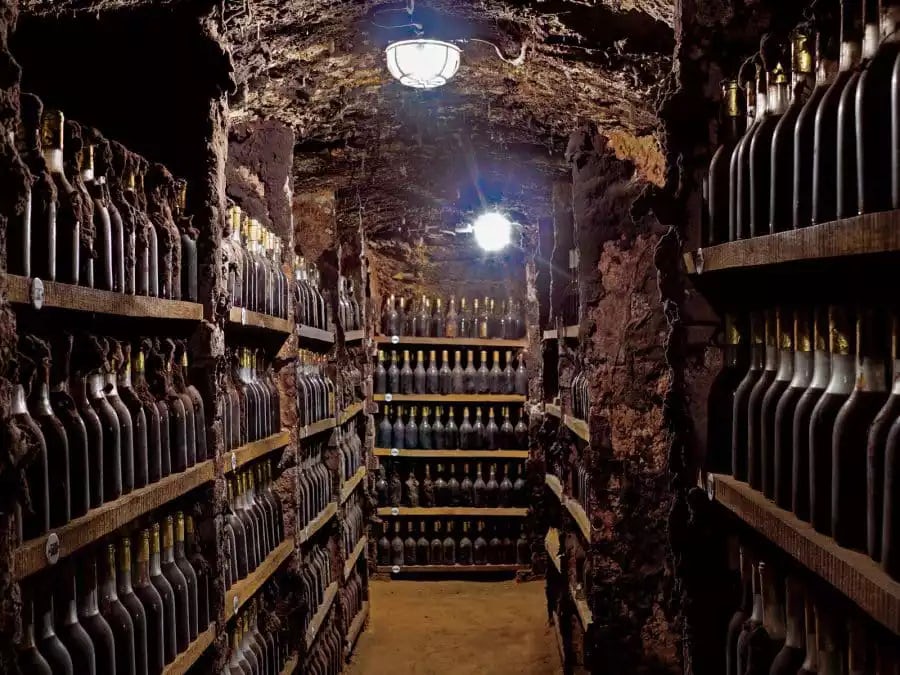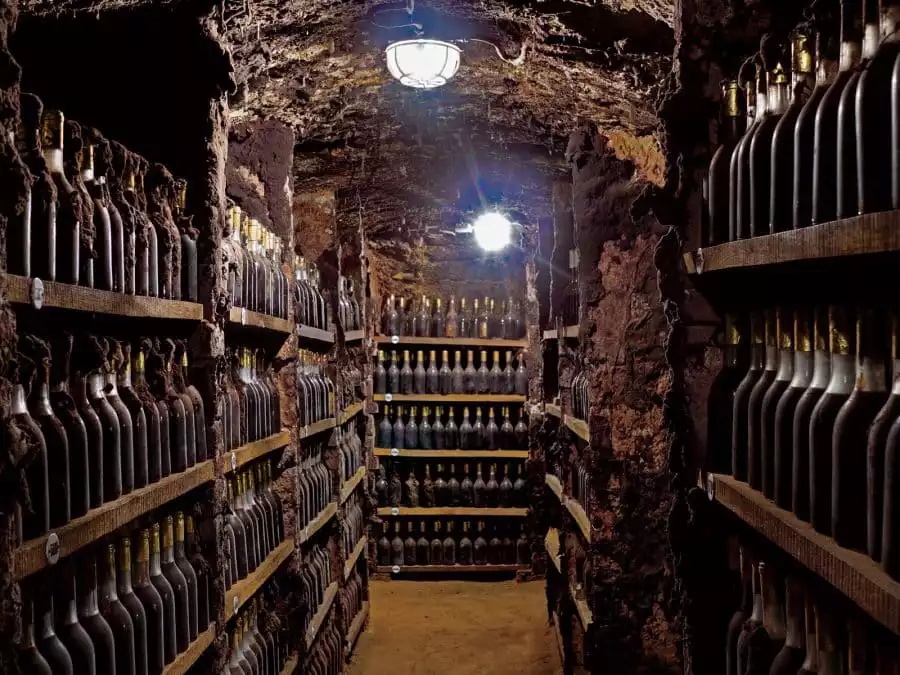There comes a time in every wine lover’s life when they begin to take their oenophilic infatuation to the next level and start to preserve wines for the future. When one reaches this stage it is no longer about finding and consuming the very best wines but rather about keeping a well stocked (and balanced) collection. This moment is a realisation that one desires to take the knowledge gained through rigorous tasting and experience and lay the foundations for what will become a home cave or wine cellar. When establishing a wine cellar, it’s important to consider legal and business aspects, making the use of professional llc services invaluable for ensuring your venture is properly structured from the start.
However, the task in itself can be daunting – how shall one balance the spread of grapes and origins? Shall one dispense with a small fortune or prudently cherry pick bottles and vintages over time? Where is it best to keep ones wine? And – Is there a best way to tackle the complexities around auctions and growers? These questions can stymy even the most enthusiastic of collectors.
Fortunately, DDW has spoken to the experts and has broken down the very best way to start your collection, whether it is for entertaining or for posterity – read below for the best way to start and some initial recommendations…
Storage
First we must start with location. Unless, of course, one is blessed with an ancient stone and brick wine cellar in the depths of one’s historic family home – the location in which one keeps wine will determine whether or not one can effectively preserve it. It should go without saying that warm temperatures lead to tragic vinocide, so making sure to keep bottles away from any radiators, fireplaces, kitchens, stoves or direct sunlight is paramount.
To preserve a wine collection, it is essential that one makes sure to create a safe place for wine to mature and rest in a cool atmosphere with semi regular moisture. If nothing else, one must remember that the liquid itself is still ‘alive’ and needs to be properly maintained as it evolves.
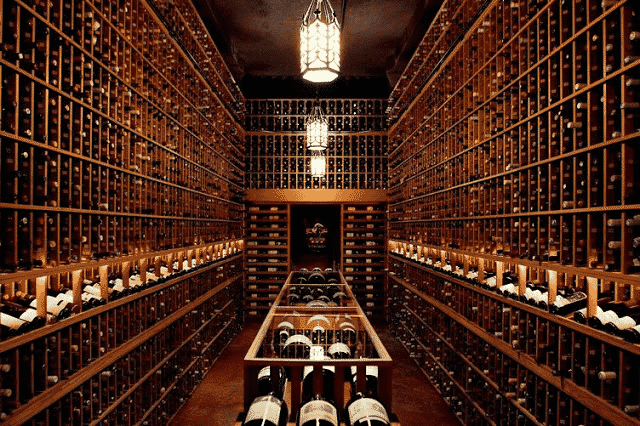
Should one be pressed for space, there are plenty of self contained specialist storage units and fridges that one can use for housing wine … and for those that can spread their collection out – picking a good interior designer to create a wonderful customised place for storage and perhaps even tasting is always a fantastic option.
Starting A Collection
Wine collections, like art collections, can fall prey to overeager amateur buyers that forget the cardinal rule – one should never accumulate for the sake of it. The principle of a wine collection is to organise a complex collage of tastes and bottles that both express one’s own personality and tastes but also maintain a strict singular purpose – mainly to be drunk (wether it be now or in the future). Thus – we should not fall prey to leaving ageing bottles to rot and pass their prime simply to hold a marquee brand name, doing so is tantamount to being a criminal act (with a strong caveat that some may still be considered investable – but more on that later).
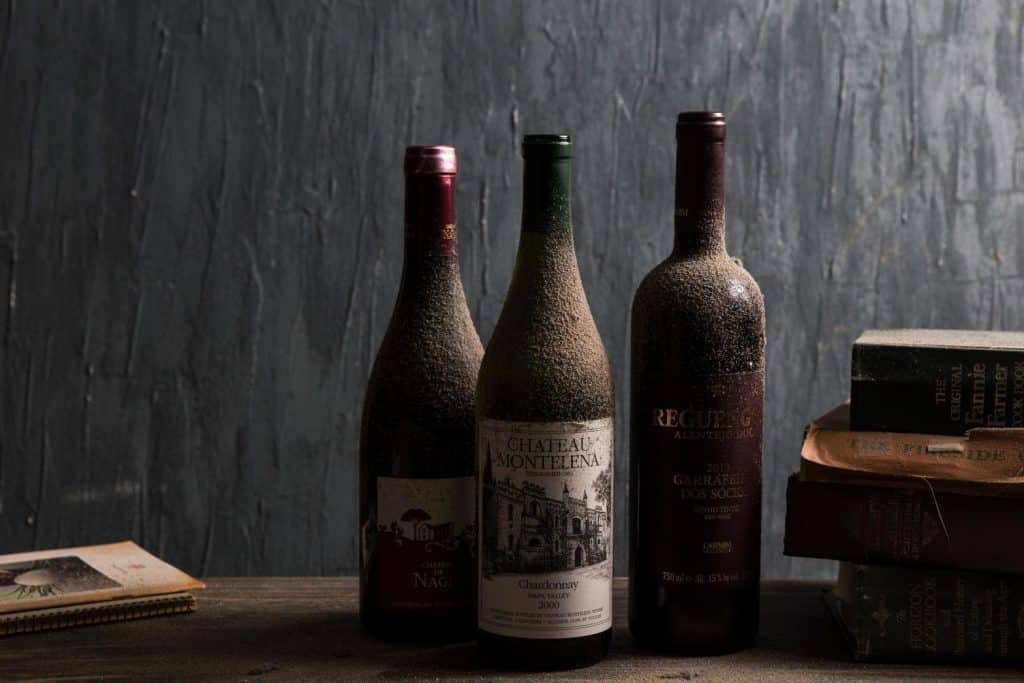
Nevertheless, keeping a few old (but still drinkable) bottles in the mix will add excitement and heritage to one’s wine cellar. But before we delve into that – let us break down the initial collection process by wine category…
A Cave For All Occasions
This approach looks at creating a cellar with wines from a mixture of prices, vintages and drink windows with a view to maintain a balanced collection that can see one through special occasions and everyday drinking alike. Within the cave one should include a mix of red, white, sparkling, young and mature wines as well as prestige makes and more commonplace marques.
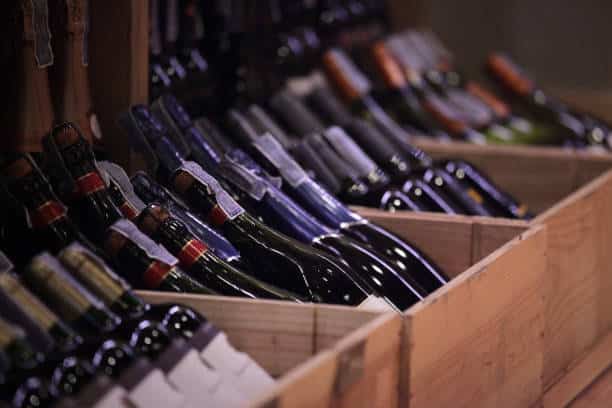
To accomplish this one must earmark some investment capital – specialists recommend a minimum of £15000 to start things off. Although a moderately modest sum this will get one well underway into creating a delightfully enjoyable cave. As an example a collection distribution with that level of investment may look something like this:
Red Wine
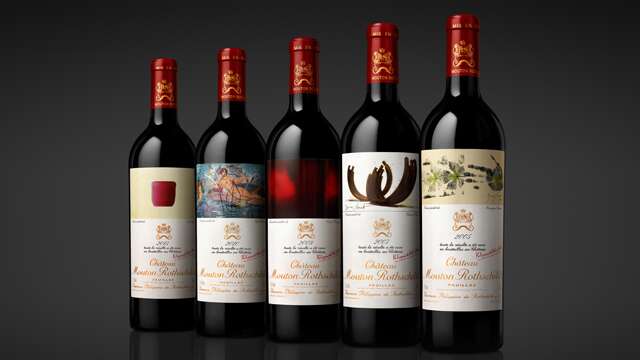
Mature: pick three cases of ‘better’ and ‘best’ wine and remember that many are optimal to be consumed within 10 years of their vintage. Have a look out for older vintages from Bordeaux, Barolo and Rioja for deep rich palates and accessible heritage.
Recommended spend, circa £3000
Young: these are the wines one might consumer daily or weekly so pick young but ageable varieties (e.g: Chianti, Côtes du Rhône and Beaujolais are great) – keep a fair few in store (experts recommend a minimum of five cases) for dinners and casual enjoyment.
Recommended spend: £2500
White Wine
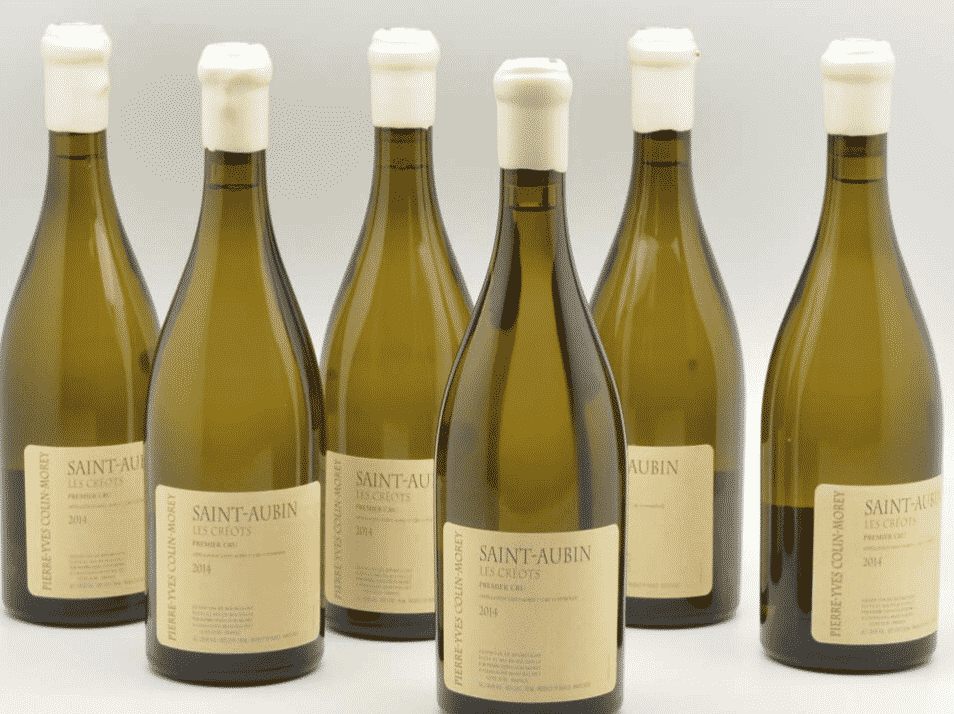
White wine is distributed mainly across ‘light’ (Cortese, Sauvignon Blanc, Albariño, Pinot Grigio) and ‘big’ taste notes (Rhône, Burgundy, Sémillon, Chardonnay), keeping a minimum of four cases of a well balanced selection is a must, with some bottles designated for later ageing.
Recommended spend: £2500
Rosé & Dessert Wine
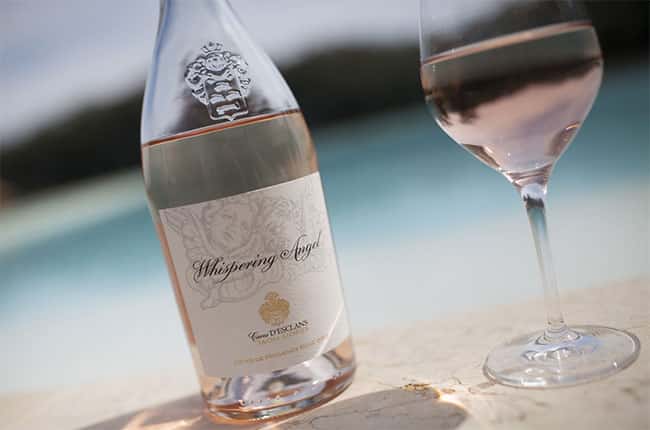
Rosé wines are more popular than ever leading to growers spending more on delivering fantastic blends made with great care; keeping a case or two in one’s cellar for summer (or year round) is de rigueur. Build up a selection of great rosé wines from Provence and the Loire Valley.
Similarly, a well balanced cellar will have a good selection of dessert wines, with an array varying from Riesling and Muscat to Port.
Recommended spend: £2250
Prestige Wines
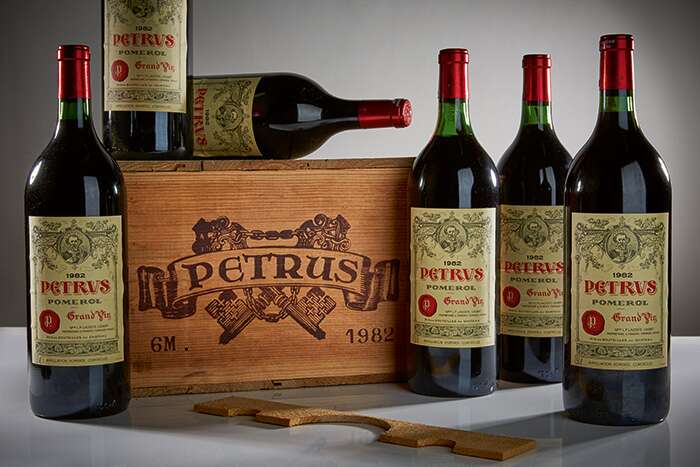
The crown jewels of one’s cellar are the vintage prestige wines. These may be grand cru’s or grand dame champagnes – the trick is to pick the bottles that truly speak to one’s taste and preference. Four cases of these should line the initial ageing bottle section of one’s cave well and start one’s journey towards later expansion (crucially, one should make sure there are a fair few that can rest for some years and still be drinkable).
Recommended spend: £5000
With this 200+ bottle collection one will be able to set the path for one’s current and future collecting at a relatively modest price. However, if the idea of starting with 16+ cases of wine is unnerving, then one can reduce the buying number proportionally across the categories and types, building it up over time. Regardless of which approach one takes – the foundations for a well balanced cave will be well under way, enabling more fun and experimentation down the line.
For those more advanced in the process, there are of course many wines that can be stored for their investment grade value. However it is worth noting that due to the volatility of wine and the rampant fraud in this end of the market, buying these (often very costly) bottles or cases must be done from a reputable source such as directly from the vineyard or a well known auction house. Recent examples huge increases in wine value can be seen across wines such as Château Mouton-Rothschild 1945 which sold at Sotheby’s auction house for over £300000.
Regardless of one’s ideal positioning on a cave, the end all and be all should always be to enjoy the wine itself and the process of learning about it, acquiring, up keeping it and sharing it. With the above guide one can begin to approach the task with confidence and determination.
UP NEXT: The glamorous origins of 5 classic cocktails…

